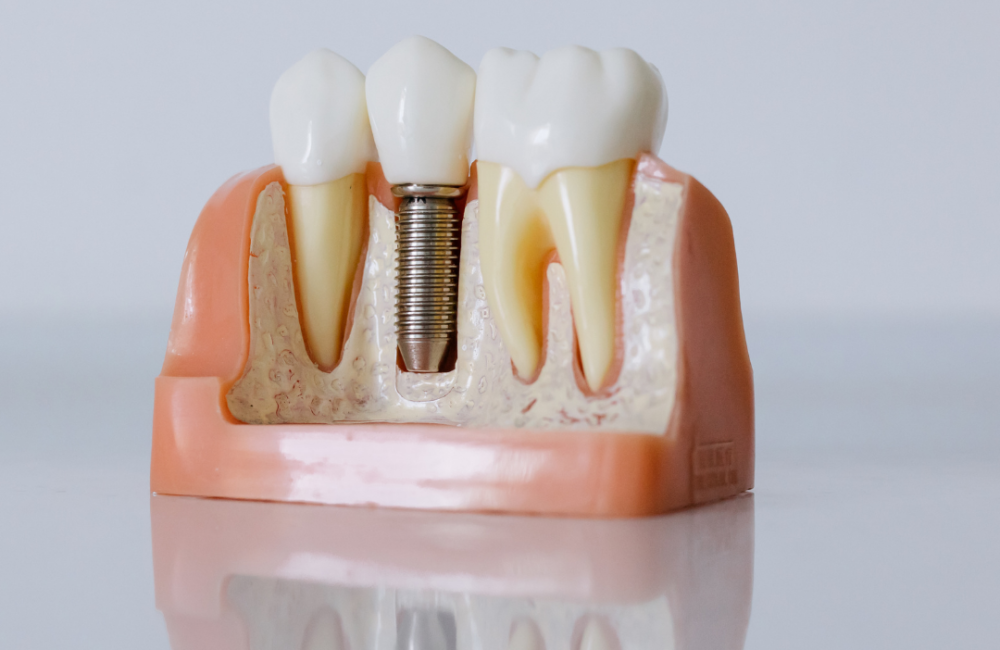
There are several types of dental implants to choose from. Here’s how a dental implants dentist in the UAE can help you narrow down your options.
Are you tired of dealing with the awkwardness of missing teeth? No doubt it’s impacted your entire life. Missing teeth change everything from whether you smile to how and what you eat.
But how can you restore your teeth? Many have corrected their dental situation using implants.
You may have hesitated to get implants because you needed to learn more about what dental services are available. So, let’s look at the cosmetic dentistry options for dental implants.
Endosteal Implants
If you know anyone with dental implants, the odds are that they received an endosteal implant. It’s the more popular variety.
The First Stage of the Procedure
Replacing a tooth calls for more than replacing the visible part of the tooth. The root also needs replacing.
A tooth’s root helps transport calcium from the gum to the tooth to maintain good health. When you lose a tooth, the body doesn’t send as much calcium as previously to that location. With less calcium, the gum begins to shrink.
However, if you can place a substitute root in the gum, the body will once again send the necessary calcium to the area, keeping the gum healthy. So, a dentist will implant an artificial root, typically made of titanium.
The body is less likely to recognize titanium as a foreign object and reject it. Instead, it accepts it as a new root and tries to nourish the area with calcium. That’s one of the more important of all the dental implant benefits.
The Second Stage of the Procedure
Once the titanium post is in place, the gum is allowed to heal. When the gum is ready, the dentist can add the replacement tooth. But the tooth doesn’t attach directly to the titanium post.
The post is beneath the gum line and too low for the tooth. So the dentist attaches an extension called an abutment to the post. Then the new tooth, also known as a crown, is mounted securely on the abutment.
Subperiosteal Implants
If a jawbone has been missing teeth for an extended period, it can become weak. It can be in such a reduced capacity that it’s not strong enough to support endosteal implants. It wouldn’t hold a titanium post.
How Subperiosteal Implants Work
The alternative is subperiosteal implants. Subperiosteal implants don’t rely on metal posts sunk in the jawbone. Instead, the support apparatus stays above the jawbone but below the gum line.
What the Procedure Involves
The dentist opens the gum to make impressions of the jaw. The impressions will be used to fabricate the metal framework that will support the replacement teeth. Because each jawline is different, the framework is custom-made.
The framework attaches to the surface of the jawbone. Abutments then extend from the metal and hold the replacement teeth.
Subperiosteal Implants Are Best for Whom?
Because the subperiosteal implant sits on the jawbone rather than penetrates deep into it, it’s suitable for those who have lost volume in their jawbone but choose not to replace it.
A dentist can augment missing jawbone material with a bone graft. After the grafted material has had enough time to become part of the jawbone permanently, a dentist can perform a regular endosteal implant.
However, this option isn’t available to all patients for various reasons, making a subperiosteal implant an alternative option.
Subperiosteal implants aren’t as popular as they were a few decades ago, which may explain why you may not be familiar with them. They aren’t as likely to be performed by your neighborhood dentist in Mount Vernon, NY. But they remain a viable solution to missing teeth.
Single Tooth Implants
Implant procedures are versatile and adaptable to individual patient situations. For example, one patient may have lost only one tooth. The dentist will gladly perform the procedure to replace that one tooth.
Multiple Teeth Implants
On the other hand, someone surviving a severe accident and in need of an emergency dentist in Mount Vernon, NY, may have several teeth missing in various locations throughout the mouth. Multi-tooth dental implants are also routine. The dentist can install new teeth anywhere on the jawline.
All-on-4 Implants
On a few occasions, it’s necessary to replace all the teeth. Often, this is a case of a patient with removable dentures who decides to switch to implants.
The patient may want teeth that are more secure than traditional dentures. It’s not uncommon for denture wearers to complain of their dentures slipping or sliding out of place, interfering with speech and eating.
The dentist can mount a complete set of upper or lower replacement teeth using the All-on-4 implant technique. The procedure gets its name because only four implants, meaning titanium posts, are installed on each jaw. Then the full set, also called a full arch, of teeth is mounted on the four posts with their abutments.
Sinus Lift
Adding an implant to the upper jaw near the back of the mouth sometimes presents a challenge. If the tooth has been missing from that area for a long time, the jawbone has likely deteriorated. If there’s a significant loss of jawbone, it may not be possible to install an implant because it would interfere with the sinus cavity.
To prepare the area for an implant, the dentist can perform a procedure called a sinus lift or elevation. Next, the dentist will use a bone graft to build up the area beneath the sinus. Once the entire area is healthy, implant surgery can proceed.
Jaw Modification
Sometimes a jawline may need a different type of modification to hold implants. For example, imperfections in the jaw’s contour may make bone grafting necessary. For similar reasons, it may be necessary to get a bone graft if your jawline is so narrow that the dentist doesn’t have room to place implants.





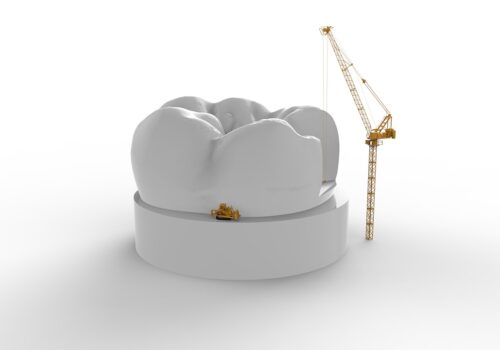

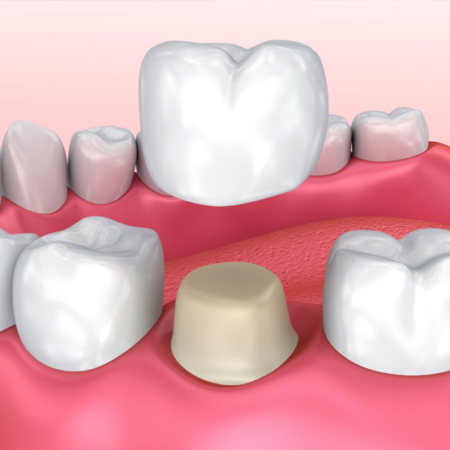
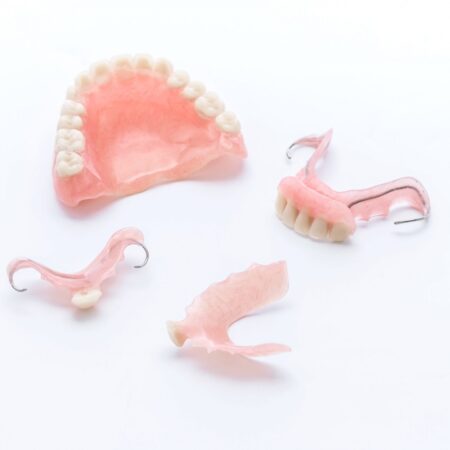
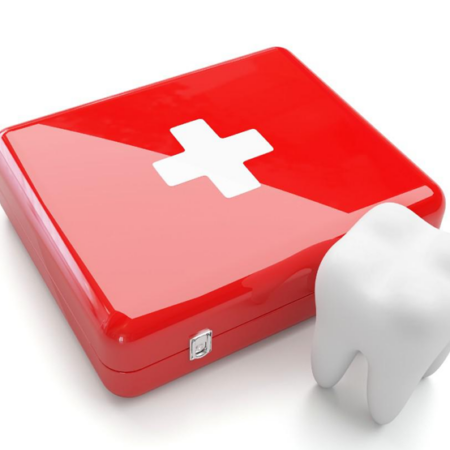
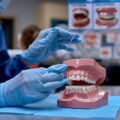


Leave a Reply